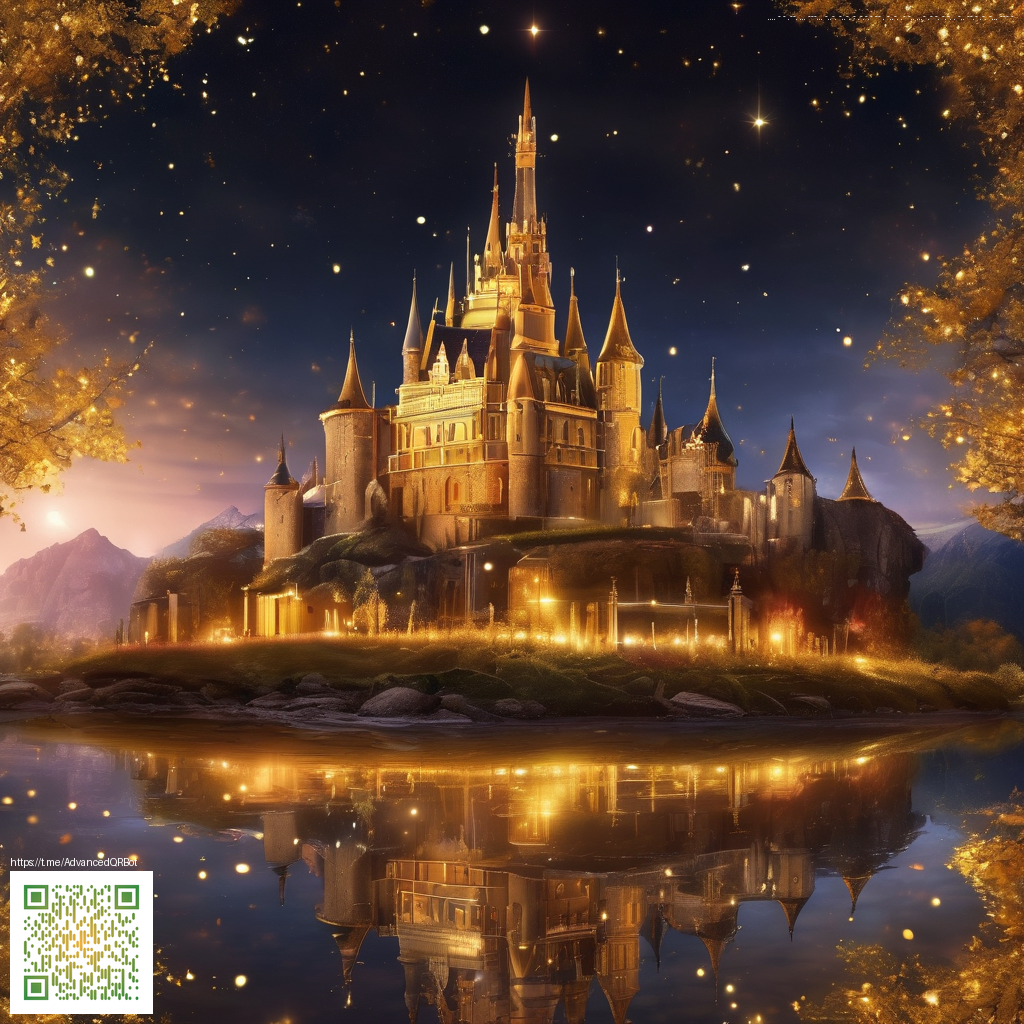
World Building in Planescape Torment
Few role playing games lean so heavily into a living mythology as this classic explores the space between philosophy and fantasy. The city of Sigil serves as a crowded crossroads where countless cosmologies collide, and every alley hints at a different plane. This deep dive examines how the world is built not as backdrop but as a driving motor for character, choice, and lore that rewards patient exploration 💠
Cosmology as Narrative Engine
The core conceit rests on a multiverse that folds back into the city itself. Sigil is the City of Doors, a nexus where passages to distant realms appear with the flicker of a sigil flame. The surrounding planes are not mere scenery; they influence politics, danger, and opportunity in each encounter. The ever present figure of the Lady of Pain acts as both guardian and enigma, shaping travel and trust in a world where stepping through a door can change a destinies as quickly as a conversation can alter a fate 🌑
Within this framework the writing uses space as a character. Libraries, temples, and marketplaces become windows into belief systems that span entire planes. The ambient texture of the setting — strange currencies, bizarre occupations, and alien architectures — is not decorative; it invites players to question what it means to belong in a cosmos that values memory, identity, and the will to choose. The result is a world that feels larger than the party and more intimate than a city tour, inviting replays to catch every subtle hint tucked into dialogue and environment.
Lore Through Characters
NPCs carry the weight of the story's cosmology. The Nameless One, a protagonist with a foggy past, exposes a central theme memory as currency and responsibility for one another. Morte the skull and Dakʼkon the blade-worshipper embody the tension between intellect and instinct, while Fall-from-Grace and Annah of the Shadows explore moral ambiguity and personal redemption. Each companion is not just a companion but a key to a plane or faction that enriches the lore, turning conversations into compact lectures on the multiverse’s ethics and ambitions. Their backstories unfold through conversations, notes, and indirect discoveries, rewarding players who listen closely and connect disparate clues.
Beyond the core party, the city itself hosts enigmatic figures and factions that embody different philosophies. The writing treats belief systems as real forces that shape cities, laws, and even the way a person narrates their life. This approach eschews battlefield bravado for a patient, puzzle-like construction where lore is uncovered through curiosity and sustained worldbuilding rather than through exposition dumps.
Gameplay Mechanics and Lore Delivery
Dialogue is the primary vehicle for lore, with choices shaping how information is revealed and which revelations remain hidden. The game rewards players who piece together fragments scattered across quests, environmental storytelling, and character interactions. Endings hinge on who the Nameless One has become through memory and whether foundational questions are answered or deliberately left open. The experience treats exploration as both a narrative tool and a gameplay mechanic, blending dungeon traversal with philosophic inquiry in a way that many RPGs only dream about 💠
From a design standpoint the world is built to be revisited. Subtle details, like recurring symbols, altered conversations after a returning NPC, or shifts in the city’s mood, encourage multiple playthroughs. This is not a world that reveals all at once; it unveils itself through patient curiosity and careful note taking, a hallmark of world building that inspires fan theories and scholarly debates alike.
Modding Culture and Community Insights
The community treats the game as a living manuscript rather than a fixed artifact. Fans produce comprehensive lore compendia, translate scraps of dialogue into broader interpretations, and remix the experience through mods and patches that improve accessibility while preserving the core storytelling intent. This collaborative culture turns each new patch or mod into a public forum about canonical interpretation, where players compare theories about planar politics and personal destinies. The result is a vibrant ecosystem that extends the life of a title whose writing aged like fine wine.
In addition to fan contributions, historical updates and official re releases have broadened the audience. The Enhanced Edition released by Beamdog in 2017 brought improvements that modernized the interface and compatibility, inviting a new generation to join debates about Sigil and its many doors. These updates also sparked renewed interest in how the lore translates across platforms and control schemes, giving rise to fresh readings and expanded art inspired by the setting.
For players who love to dissect lore, the game offers a toolkit of motifs to explore. Themes of memory, choice, and consequence play out across every interaction, making the Cosmology feel intimate rather than distant. When combined with community artifacts such as wikis, fan art, and discussion threads, the world grows beyond its original boundaries, inviting creative interpretation while staying true to its ambitious design.
If you enjoy this level of analytical immersion and want to support more in depth coverage of beloved worlds, consider contributing to the project through the donation link below. Your support helps sustain long form, thoughtful games writing and the exploration of interconnected universes that thrive on curiosity and shared exploration.
Support Decentralized Creativity